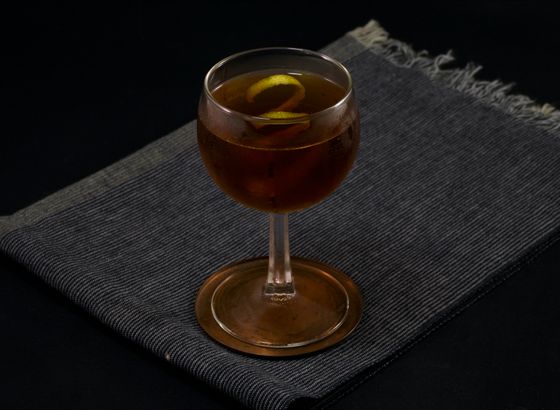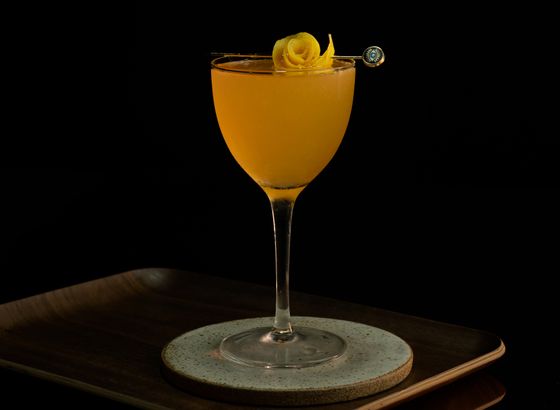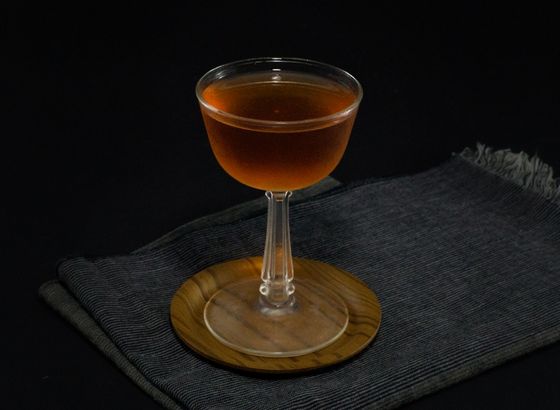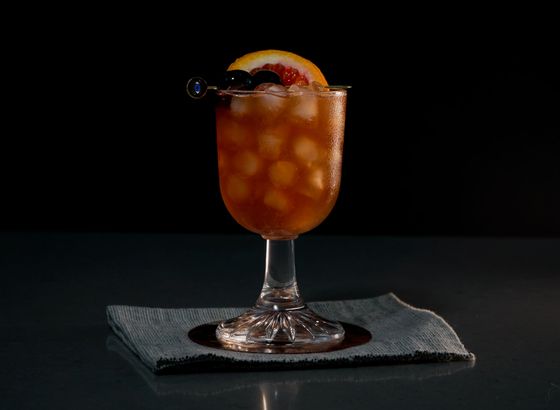
No. 152: Creole

No. 219: Crop Top

No. 93: Pressure Drop
amaro
This family of bittersweet aperitifs and digestifs is one of the messiest and most loosely defined

In the realm of spirits, there may be no category more loose, more broad, and more packed with delicious diversity than that of amaro: ranging from semisweet sippers like Montenegro and Nonino, to hyper-bitter Campari style mixers, to the divisive and bone-dry fernet family, the world of amaro truly has it all. In his Bitterman's Field Guide to Bitters & Amari, Mark Bitterman puts it best when he proclaims that “amari are so common and cross so many cultural and social boundaries that they are as much a custom as a beverage.”
The loose traditions that bind the amaro family also contribute to its categorical messiness. While bottles like Montenegro and Nonino are certainly amaro, other popular styles like Campari and fernet are often considered categories unto themselves, separate from the more traditional lot. This categorical confusion is on display in our humble pages as well: you’ll find a wide gamut of amari on this page, from vegetal brands like Cynar and Zucca, to sweet mixers like Averna, Nonino, and Montenegro, and even the rare outlier amer picon. But you won’t find more popular styles like fernet, Campari, and Aperol, as we feel that they are different enough to stand alone. This isn’t a proclamation on our part—we’re simply acknowledging this confusing, tangled category for what it is. Besides, even the Italians, who practically invented the stuff, can’t figure out what to call it, let alone categorize it. As Brad Thomas Parsons notes in his book Amaro: “while amaro means bitter, Italians call Campari and other aperitivo-style liqueurs that are meant to be enjoyed at the beginning of a meal a bitter (using the English word), which every Italian I’ve met insists is not the same as amaro.”
Many Amari come from Italy, and today most of the big names do. That said, there is nothing inextricably Italian about Amaro. Unicum—one of the world’s oldest Amari—was created in Budapest. More recently, American brands have gotten in on the action, with west coast distilleries like St. George and Tempus Fugit producing exciting riffs on Campari, fernet, and more. Amaro Amorino, one of the interesting new entries to the space, is produced out of Seattle. Most of the traditional italian recipes are carefully guarded secrets, often only known by a few members of the family-owned company. In contrast, newer companies can be less secretive. Tempus Fugit lists many of the 25 herbs and spices in its excellent Gran Classico on their website.
Bitters evolved from amaro, but truthfully there is little categorical difference between the two. A sip of fernet is likely no less intense than a sip of Angostura. The only real difference is intent; amaro is designed for sipping, while bitters are designed for mixing. This lineage can be helpful to understand when developing recipes, as many drinks that employ amaro don’t need bitters, since they already, in a way, have some. Conversely, a good spicy amaro can be used in small doses similar to bitters, or even in substitution to finish a drink.
amaro averna • 5 recipes »
Amaro Averna is the most popular cocktail amaro in the amber, bittersweet style that makes up much of the “common” amari stocked on shelves. Because of this, Averna is often one of the easiest bottles to procure, and may be used as a substitute in a pinch for other harder to find styles like Montenegro, Ramazzotti, and Ciociaro. Most folks will tell you that “each amaro is different” and effectively—yes—this is true, but many amari will substitute for one-another just fine, with the understanding that the drink will be subtly different. Try Averna in the Black Manhattan or Gilchrist.
amaro montenegro • 4 recipes »
If we had to recommend one traditional amaro to stock in a bar, Montenegro would be it. Although not as popular as Averna, Montenegro packs an incredible bouquet of flavors ranging from carmel and chocolate to chartreuse-like herbals, all at a very workable price. As an added bonus, Montenegro is delicious on the rocks and sports an eye-catching bottle. Try it in the gefion, black betty, or any drinks that typically call for Amaro Averna or Amaro Nonino.
amaro nonino • 2 recipes »
If one needs extra proof of the flexibility of the amaro category, then observe that some consider Yellow Chartreuse and Green Chartreuse to be amari. While we don’t include them here, we will include the delightful Amaro Nonino, which tastes a lot like the intersection between those legendary monk creations and more traditional amari like Montenegro and Averna. Lighter and less bitter than most, Nonino is exquisitely herbal and is sure to impress fans of Chartreuse. The only major downside to Nonino is its price, which—while not as high as Chartreuse itself—is typically the highest on the Amaro shelf.
cynar • 3 recipes »
Cynar gets a lot of buzz for its artichokes, which are featured heavily in its profile as well as the spirit’s advertisements. Yet there is much more to Cynar than a funky vegetable. Smoky, bitter, inky-black and extraordinarily viscous, cynar can be exceptionally hard to work with but this bitter, offbeat bottle can yield extraordinary creative results when things click. Just make sure to avoid combining it with anything delicate. Our favorite cynar drink is the festive cynar flip, but many people enjoy it most in the scorched earth.
zucca • 1 recipes »
Zucca is often lumped in with Cynar as a vegetal amaro, and since Zucca means “squash” or “pumpkin” in italian, many assume it contains those ingredients in the way the Cynar employs artichokes, but this isn’t true. Zucca’s prominent ingredient is Rhubarb, which gives it a bitter, savory flavor. It can be used in many Cynar drinks, though we honestly recommend keeping only one—either Zucca or Cynar—around, unless you really like weird Amaro and trying to find uses for it.
amer picon • 3 recipes »
Amer Picon has acquired a bit of a legendary status in America, as it hasn’t been available for purchase in a long time. This, along with its inclusion in several notable classics like the Brooklyn and Creole, has only further elevated the cocktail world’s infatuation with its missing puzzle piece. While Amer Picon may have lived up to its legend at some point in time, don’t believe anything that tells you it can’t be replaced. True Amer Picon, as it is sold in France today, is already a reformulation of the original, and we can assure you it isn’t anything special. In fact, we found it to be cloyingly sweet, overly orangey, and not very bitter at all. So much for legends. Our personal pick for classic recipes that call for Amer Picon is China China Amer, which has the bold orange flavors and the expected bitter notes too. Some recommend Ciociaro as a replacement. This will yield balanced results, but the orange notes will be underrepresented.


No. 219: Crop Top

No. 210: Gentleman’s Exchange


















